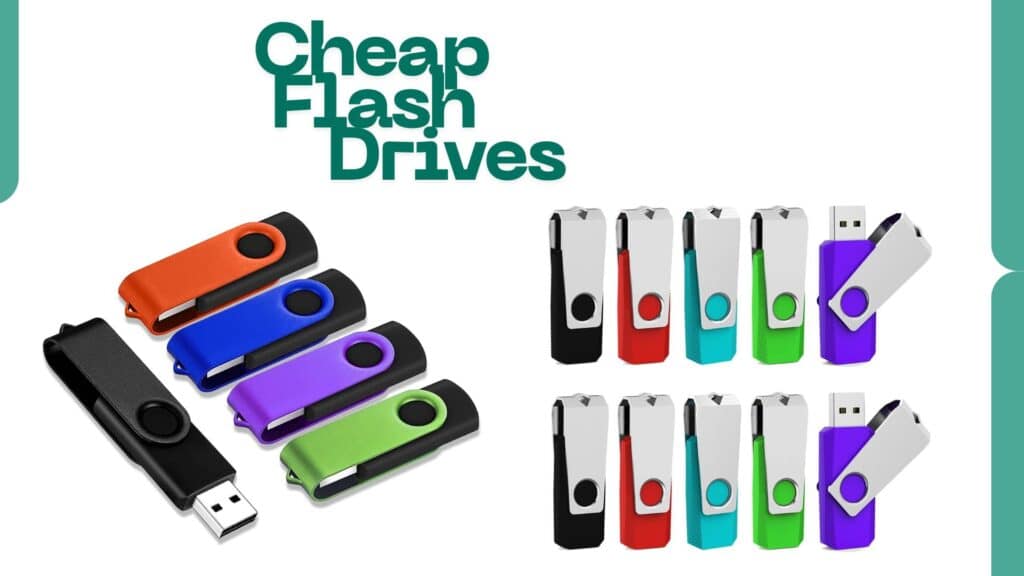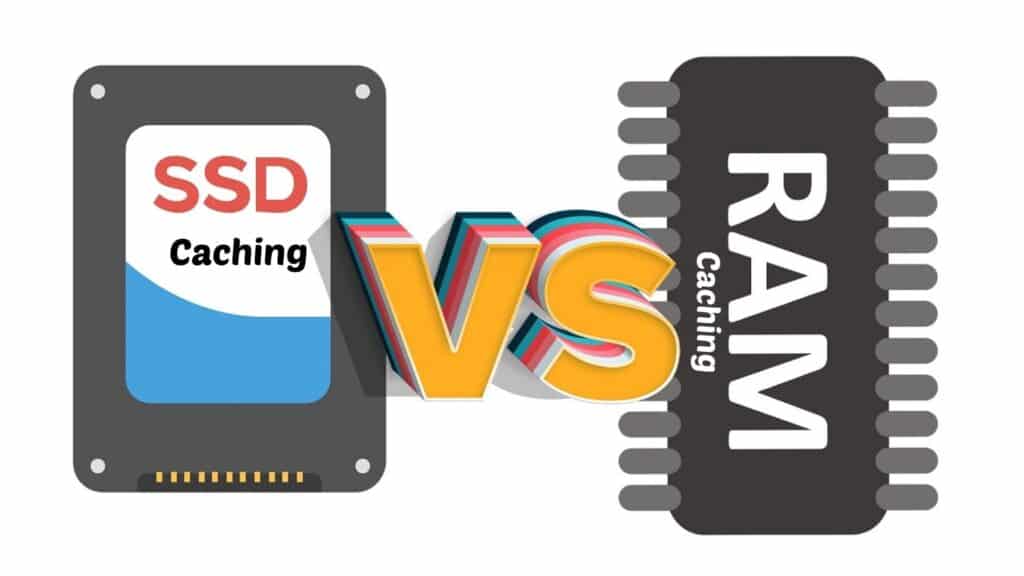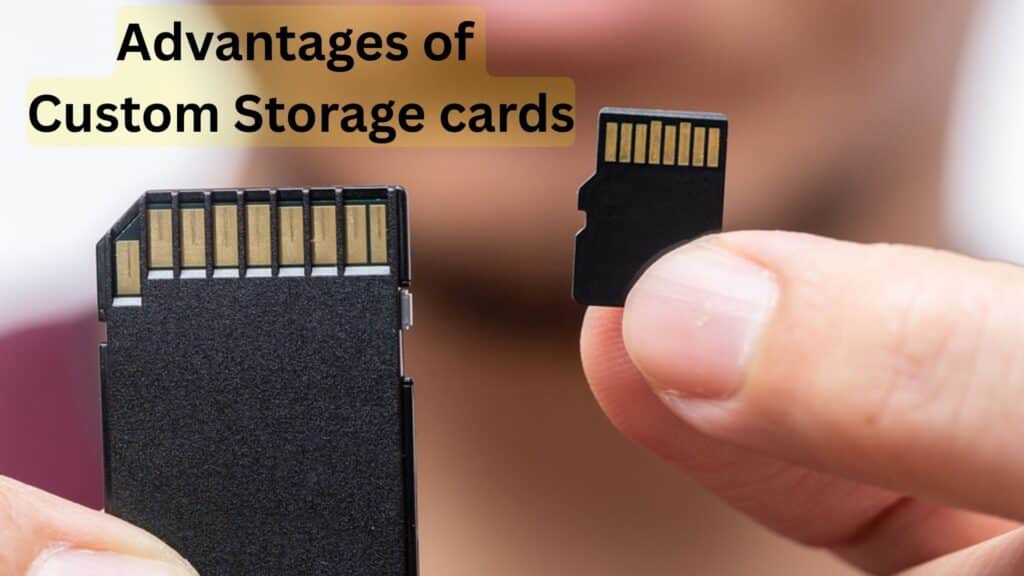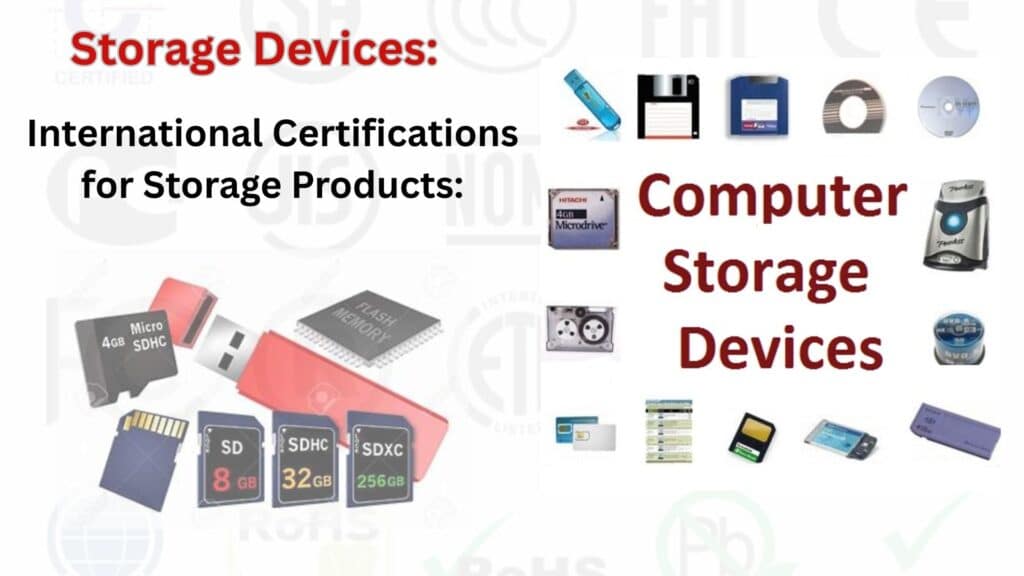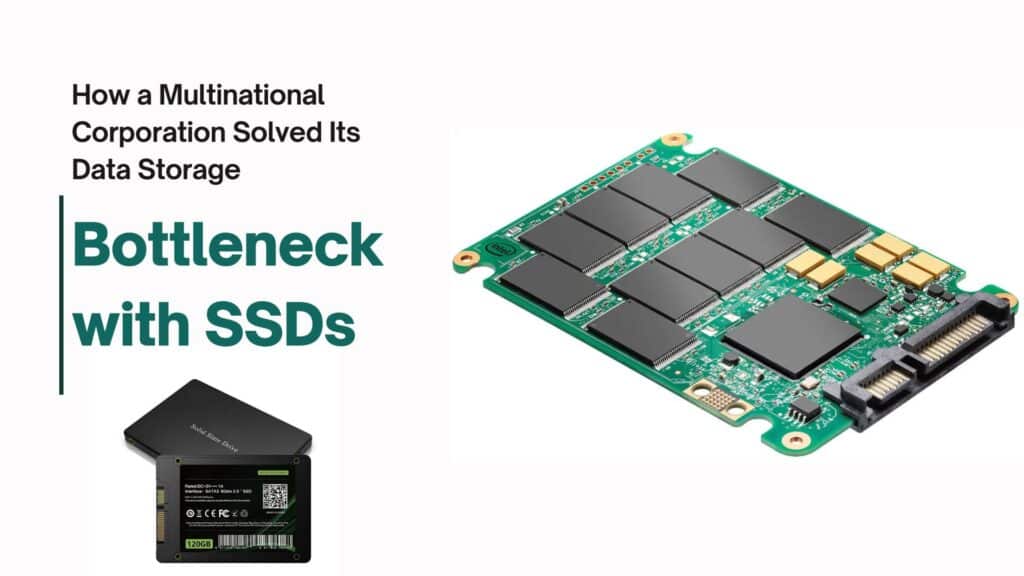How Storage Devices Enhancing Retail Efficiency: Inventory Management in 2025
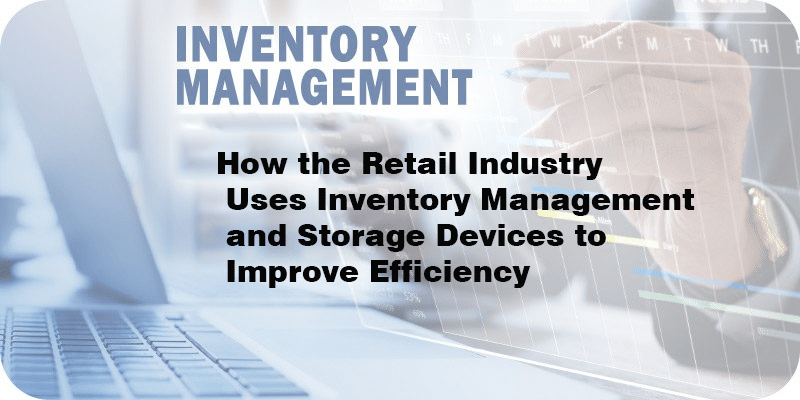
Introduction:
Inventory management is a critical part of retail operations, ensuring that businesses have the right amount of stock at the right time. With the rapid growth of the retail industry, managing large amounts of product data has become increasingly complex. To cope with this challenge, retailers are adopting innovative storage devices, such as SD cards, USB drives, and microSD cards, to streamline inventory management.
Modern storage devices play a vital role in helping businesses handle the increasing volume of data generated by daily transactions, stock movements, and supplier interactions. In particular, USB drives and SD cards offer efficient, reliable, and portable solutions to enhance the overall performance of inventory management systems in the retail industry.
Section 1: Challenges in Retail Inventory Management
The retail industry deals with large volumes of data daily, from tracking thousands of individual products and stock-keeping units (SKUs) to managing sales transactions and supplier information. This level of complexity requires precise, real-time tracking to avoid costly errors such as stockouts or overstocking. However, traditional inventory management systems—often relying on manual logging, spreadsheets, or basic databases—struggle to keep up with the demands of modern retail operations.
Slow data retrieval and outdated methods of tracking inventory lead to inefficiencies. Retailers often face difficulties accessing updated information quickly, resulting in delays that impact customer service, stock availability, and overall sales performance. These issues become more pronounced as businesses expand and the amount of data grows exponentially, increasing the need for faster, more efficient storage solutions.
Section 2: How Storage Devices Improve Retail Inventory Management
One of the most significant advancements in modern inventory management is the use of storage devices like USB drives and SD cards. These devices help retailers achieve real-time, efficient data management and ensure that inventory information is always accurate and accessible.
- USB Drives for Quick Data Access and Transfer:
USB drives enable quick transfer of inventory data between store locations, making it easy for managers to synchronize stock levels across different branches. With USB drives, inventory data can be easily updated and shared, reducing the need for time-consuming manual entry. This rapid exchange of data helps prevent errors and ensures that each store has the most current stock information. - SD and MicroSD Cards for Point-of-Sale (POS) Systems:
SD and microSD cards are increasingly used in point-of-sale systems, where they store transaction data, sales logs, and product details. These storage devices allow retail staff to access important information immediately, whether it’s verifying stock levels or processing customer purchases. They are also used in barcode scanners and RFID tags, improving the accuracy and speed of inventory management. - Real-Time Tracking and Instant Access:
By utilizing these storage devices, retailers can track stock levels, sales data, and supplier orders in real time. This ensures that the entire supply chain remains in sync, helping stores respond promptly to changing customer demands. With accurate, real-time information at their fingertips, employees can quickly make decisions, whether they are restocking shelves or managing backorders.
Section 3: Case Study: A Retail Chain’s Use of Storage Devices for Efficient Inventory Management
A well-known retail chain, specializing in electronics, implemented SD cards and USB drives to improve their inventory management system. By integrating these devices into their operations, they were able to synchronize inventory across hundreds of store locations in real time.
USB drives were used to connect inventory management systems across different stores, enabling them to share product information and stock levels instantly. Each location could now access up-to-date data, helping to reduce stockouts and avoid overordering.
In addition, the retail chain began using SD cards to streamline their point-of-sale systems. By utilizing SD cards to store transaction data, they significantly improved the speed and efficiency of their checkout process. The result was faster customer service, fewer inventory discrepancies, and a much more efficient supply chain.
The implementation of storage devices also led to cost savings. With fewer manual errors and a more synchronized approach to inventory management, the retail chain experienced a reduction in stock-related issues, which in turn boosted customer satisfaction and overall sales.
Section 4: Other Advantages of Storage Devices in Retail
Beyond improving inventory tracking, storage devices like USB drives and SD cards offer several other key advantages for the retail industry.
- Flexibility and Scalability:
Retail businesses often operate across multiple locations. With the use of USB drives and SD cards, stores can easily scale their inventory systems to accommodate new branches or changing stock needs. These devices can be added or replaced as the business grows, making them an ideal solution for businesses looking for scalable storage options. - Portability for Mobile Inventory Tracking:
The portability of storage devices is another major benefit. Retailers can use mobile apps to track inventory on the go, and with the help of USB drives and SD cards, employees can easily access and update inventory data from different locations. This flexibility is especially useful for businesses that require real-time updates during remote or field operations, such as in large department stores or outdoor markets. - Cloud Integration for Enhanced Data Management:
Many retailers are integrating their storage devices with cloud-based systems to enhance their inventory management. This allows them to store and access data from virtually anywhere while ensuring that all store locations have access to the same up-to-date information. With cloud integration, retailers can further improve the efficiency and reliability of their inventory systems, making data access and storage even more seamless.
Conclusion:
In today’s fast-paced retail environment, modern storage devices like USB drives and SD cards are transforming the way businesses manage inventory. By enabling real-time data access, faster transactions, and seamless synchronization across multiple locations, these storage solutions offer retailers a way to improve operational efficiency and ensure customer satisfaction.
With the added benefits of portability, scalability, and integration with cloud systems, it’s clear that these devices will continue to play a crucial role in inventory management for years to come. Retailers looking to optimize their inventory control and reduce operational costs should consider investing in these storage solutions to stay competitive in the ever-evolving retail landscape.


